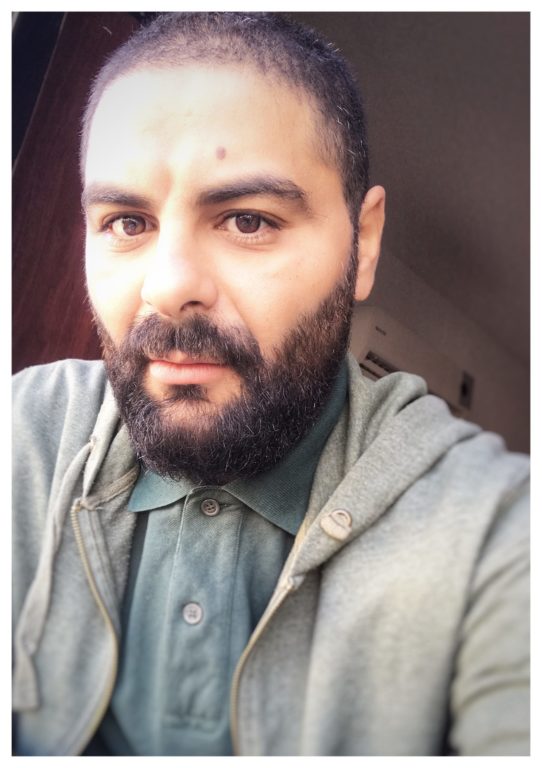Q: Your winning project about the Palestinian rights of return protests is a powerful, emotional series that won a number of awards so far. As an insider, could you please explain briefly why this issue became more sensitive recently?
A: The Palestinian case is always sensitive, but with the international coverage recently about the right of return marches, the issue has come under the light again. People started asking about their rights, especially seeing the dire situation of the Gaza Strip and the depression of its residents.
Q: You were born in Gaza city, Palestine, so I imagine the topic has special importance to you. How was it like as a child and how did the conflict affect your upbringing? Are you still living in Palestine?
A: Yes I am still living in Palestine, I was raised here and my childhood is full of memories of my nation struggling. I remember how Israeli soldiers used to chase the youth, I woke up hearing the patriotic songs and can’t forget the images of martyrs who were carried on the shoulders of their friends and relatives. As a Palestinian we can’t be separated from our past or our fate.
Q: You are a self-taught photographer who is now working for the Turkish Anadolu Agency. How did you discover that you wish to work in photography, and especially, photojournalism?
A: In my previous work in a newspaper I was very close to photos. I felt that I am attached to the world of pictures and found that I had a passion for photography.
Q: Is your coverage of the protests the result of an assignment or is it a personal project? Do you have time for personal projects besides your job at the agency?
A: It was an assignment for my work where we have to cover all the current news and protests. Apart from work, I do have time for personal projects too. I sometimes find things that are not related to my work but I like them so much I have to take the picture. For example, I like to shoot in nature, and I hope one day I’ll have the chance to travel abroad, exploring and photographing nature all over the world.
Q: Tell us a bit about your work on this project. What was a usual daily routine for you? How dangerous was it?
A: Any coverage that involves conflict is very risky for all journalists. I was injured twice during the coverage of the protests, and tear gas went into my lungs as well. Unfortunately, if you cover political, social and humanitarian stories in a place of conflict, this can happen.
Q: Did you engage with the protesters or did you stay more like a spectator, an outsider? Why?
A: I didn’t engage with the protesters because that would have affected my work. But I feel very emotional about their stories and their energy greatly influences me.
Q: Since your series started to receive great acclaim from all over the world, did you see any sign that it shaped people’s opinion about the matter, shining a spotlight to this issue?
A: Yes, not only my work but also the coverage of other journalists helped to bring the Palestinian case forward again. People now are more aware about the right of Palestinians and they are closer to their situation.
Q: One of the iconic images in this series has been compared with Eugene Delacroix’s Liberty Leadning the People, and also with the David vs. Goliath metaphor. Were you surprised by how popular that image became?
A: Actually I was surprised with the reaction and how quickly the photo went viral! I am so grateful for what I have gained because of the photo and I am also really happy that the photo helps in sending a powerful message about the struggle of Palestinians.
Q: What are you working on now, what is in the pipeline for you?
A: I am mostly covering the news of Gaza. This place is always full of news. I hope that in the future I can focus more on the daily life of people living here!

